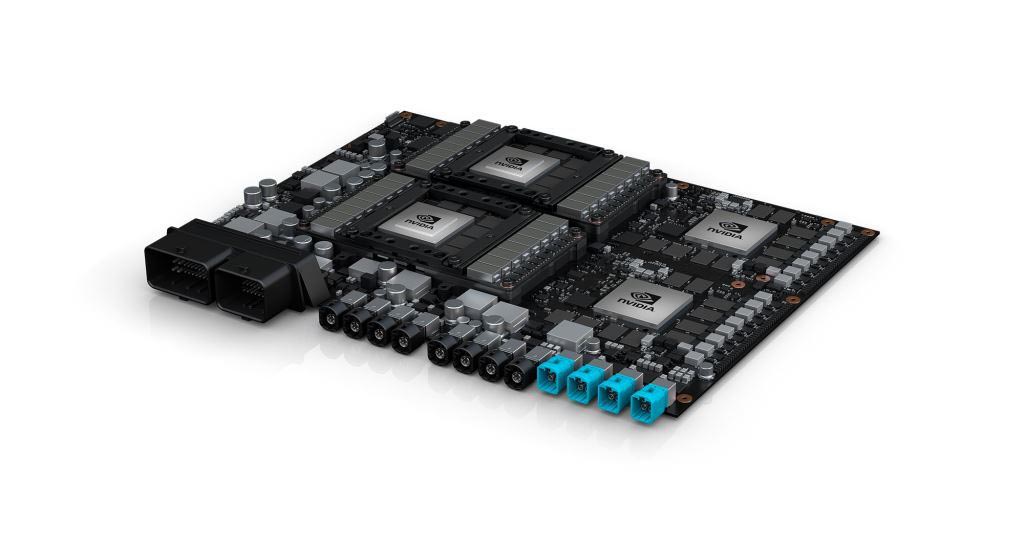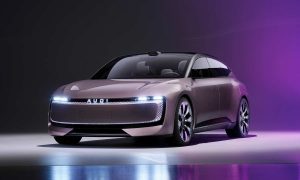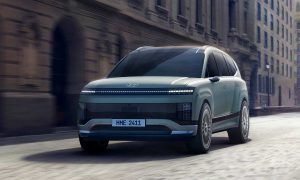American GPU giant NVIDIA is playing a key role in development of autonomous driving technology. The company has partnered with several automakers including VW Group, Volvo and Toyota in development of self-driving vehicles using the DRIVE PX platform.
The new system, codenamed Pegasus, extends the aforementioned DRIVE PX AI computing platform to handle Level 5 driverless vehicles. The Pegasus delivers over 320 trillion operations per second—more than 10x the performance of its predecessor, the DRIVE PX 2. NVIDIA claims the DRIVE PX Pegasus to be the world’s first artificial intelligence computer designed to drive fully autonomous robotaxis.
NVIDIA said that the Pegasus will help make possible a new class of vehicles that can operate without a driver—fully autonomous vehicles without steering wheels, pedals or mirrors, and interiors that feel like a living room or office. They will arrive on demand to safely whisk passengers to their destinations, bringing mobility to everyone, including the elderly and disabled.
Of the 225 partners developing on the NVIDIA DRIVE PX platform, more than 25 are developing fully autonomous robotaxis using NVIDIA CUDA GPUs. Today, their trunks resemble small data centers, loaded with racks of computers with server-class NVIDIA GPUs running deep learning, computer vision and parallel computing algorithms. Their size, power demands and cost make them impractical for production vehicles.
The computational requirements of robotaxis are enormous—perceiving the world through high-resolution, 360-degree surround cameras and lidars, localizing the vehicle within centimeter accuracy, tracking vehicles and people around the car, and planning a safe and comfortable path to the destination. All this processing must be done with multiple levels of redundancy to ensure the highest level of safety. The computing demands of driverless vehicles are easily 50 to 100 times more intensive than the most advanced cars today.
NVIDIA DRIVE PX Pegasus is powered by four high-performance AI processors. It couples two of NVIDIA’s newest Xavier system-on-a-chip processors, featuring an embedded GPU based on the NVIDIA Volta architecture with two next-generation discrete GPUs with hardware created for accelerating deep learning and computer vision algorithms. The system will provide the enormous computational capability for fully autonomous vehicles in a computer the size of a license plate, drastically reducing energy consumption and cost, said the company.
Pegasus is designed for ASIL D certification—the industry’s highest safety level with automotive inputs/outputs, including CAN (controller area network), Flexray, 16 dedicated high-speed sensor inputs for camera, radar, lidar and ultrasonics, plus multiple 10Gbit Ethernet connectors. Its combined memory bandwidth exceeds 1 terabyte per second.

Leave a Reply
Note: Comments that are unrelated to the post above get automatically filtered into the trash bin.






































